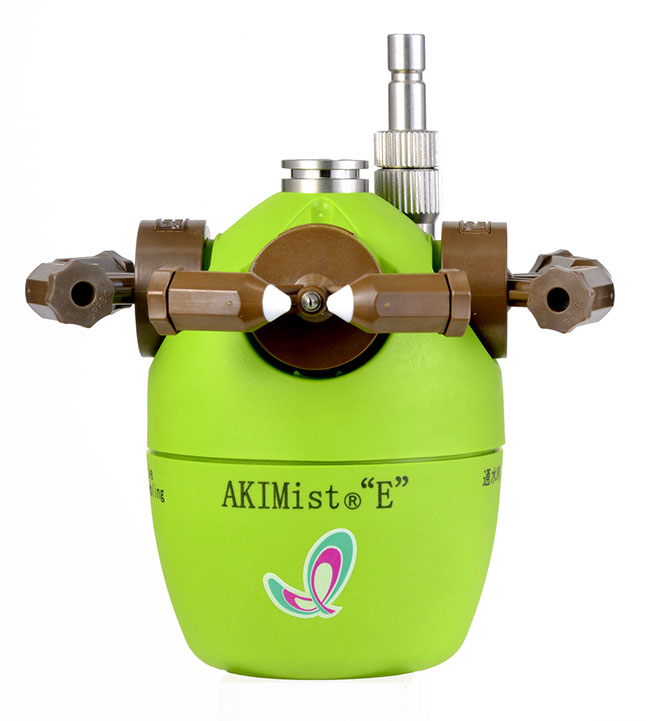August 19, 2019
Factors that affect the humidity control and its level

What influences the level of humidity?
Humidity is the amount of fog or vapor which the air holds. This is why humid air feels wet and your sweat cannot evaporate into the air.
Humidity control indoor is influenced by a number of factors:
- Ventilation: The level of ventilation in a building can impact indoor humidity. Proper ventilation allows for the exchange of indoor and outdoor air, which can help control humidity levels. Inadequate ventilation can lead to higher humidity as moisture becomes trapped indoors, while excessive ventilation in very dry conditions can result in lower humidity.
- Temperature: As mentioned earlier, temperature plays a role in humidity. When the indoor temperature increases, the air’s capacity to hold moisture also increases, leading to lower relative humidity. Conversely, lower temperatures reduce the air’s moisture-holding capacity, resulting in higher relative humidity. This is why humidifiers are especially important during winter time.
- Air conditioning and heating systems: HVAC systems can influence indoor humidity levels. Air conditioners extract moisture from the air as part of the cooling process, leading to lower humidity. However, some modern air conditioning systems also include features to control and maintain desired humidity levels. Heating systems, such as forced-air systems, can dry out the indoor air, lowering humidity levels.
- Building insulation: The level of insulation in a building affects the exchange of indoor and outdoor air. Well-insulated buildings are more airtight, which can trap moisture indoors and potentially lead to higher humidity levels. Insufficient insulation may result in higher humidity as outside moisture can penetrate the building.
- Occupancy: The number of employees and their activities in a building can impact indoor humidity. People release moisture into the air through respiration, perspiration, and other daily activities. A crowded space with high occupancy can raise humidity levels.
- Humidifiers and dehumidifiers: The use of humidifiers or dehumidifiers can directly control indoor humidity levels. Humidifiers add moisture to the air, increasing humidity in dry environments. Dehumidifiers remove excess moisture, reducing humidity in overly humid conditions. Read more about the different types of humidifiers here
Control your humidity precicely with the Japanese technology, AKIMist®.

Advantages of AKIMist® E:
- Humidifying with water without wetting equipment (no water drops)
- Prevents static electricity at production site
- Easy installation by adding on to existing HVAC
- Easily adaptable to changes in the floor layout
- Its double advantage of cooling while humidifying
- Reducing product loss and scrap
- Improving product quality
- Highly energy efficient
- Low maintenance
